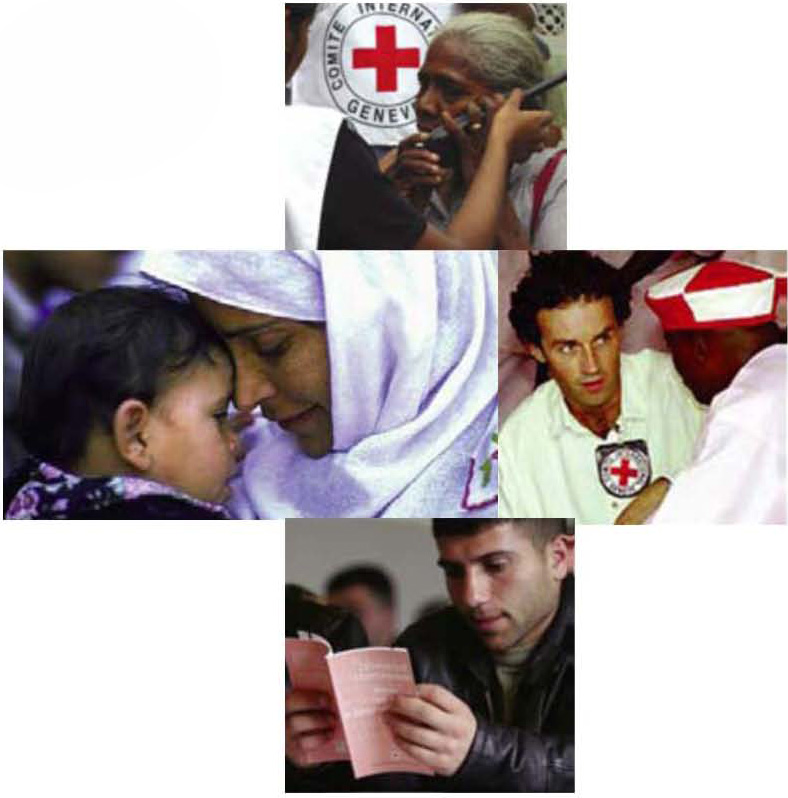
International law means
ingathering of agreements, duties, and mutual agreements leading the collaboration
of nations and worldwide trade or non-governmental groups. The issues areas
involve:
1) The
Developmental and International Law area which examines the relationship
between international law and the development agenda as articulated in the UN
Millennium Development Goals. This includes issues such as the role of
international law and institutions in eradicating extreme poverty and hunger; achieving
universal primary education; promoting gender equality and empowering women;
reducing child mortality; improving material child health; combating HIV/AIDS,
malaria, and other illnesses; ensuring environmental sustainability; and
creating a global partnership for development. The issue area also encompasses
the international legal aspects of efforts to curb corruption and promote
democracy, good governance, and the rule of law.
2) The Environment, Science & Technology issue
area examines the intersections between international law and a wide array of
contemporary issues involving scientific advancement and technological
developments such as internet governance, cyber security, privacy and data
encryption, and the protection of intellectual property rights. This program
area also includes global environmental issues and challenges involving the Law
of the Sea, climate change, and natural disasters.
3) Human Rights and Humanitarian Law issues involve
human rights’ issues associated to gender equality, minority rights, trade and
human rights, and the domestic incorporation and execution of international
standards. Developments concerning the status and application of the laws of
war and the Geneva Conventions generally as well as in the context of combating
terrorism will also be addressed.
4) International
Security issue area speaks about the role of international law and
international institutions in promoting and sustaining international peace and
security by focusing on legal issues related to the use of force, peacekeeping
and stability operations, conflict resolution, and post-conflict
reconstruction. It also involves the production of weapons of mass destruction,
global crimes, and terrorism

5) The International Institutions issue area focuses
on the role of international institutions in creating, shaping, promoting, and
enforcing international law and standards as well as ongoing efforts to improve
their efficiency and effectiveness through institutional reform. Particular
attention in this area will be paid to formal international organizations,
financial institutions, dispute resolutions mechanisms, and courts and
tribunals such as the United Nations, World Trade Organization, World Bank,
International Criminal Court, and also to regional bodies and informal
mechanisms and networks
6) Trade and
Investment issue area includes significant legal and institutional developments
in the areas of trade, foreign direct investment, economic integration,
business regulation and taxation, intellectual property, and issues related to
the transnational movement and regulation of goods, services, labor, and
capital.
7) The Transnational Litigation & Arbitration
issue area explores substantive and procedural aspects of private international
law and dispute resolution, such as forum non convenience, choice of court
agreements and rules, enforcement of judgments, and cross-border evidentiary
issues such as discovery. Issues related to investment arbitration and other
forms of dispute resolution are also addressed by this issue area.

8) The Women and International Law issue area reflects
the breadth of the Society's work relating to women's rights, women as a
subject of international law, gender perspectives on international law, and the
role of women in the development of international law. Much of the work in this
area is, of course, spearheaded by one of ASIL's most active interest groups,
the Women in International Law Interest Group (or "WILIG"). ASIL
President Lucy Reed has established "women and international law" as
a theme of her 2008-2010 presidency, with a particular emphasis on issues
relating to accountability for sexual violence in conflict and post-conflict
settings.
Complex emergencies are situations of disrupted
livelihoods and threats to life produced by warfare, civil disturbance and
large-scale movements of people, in which any emergency response has to be
conducted in a difficult political and security environment. Environmental
health in emergencies and disasters: a practical guide (WHO, 2002). Complex emergencies combine internal conflict with
large-scale displacements of people, mass famine or food shortage, and fragile
or failing economic, political, and social institutions. Often, complex
emergencies are also exacerbated by natural disasters. Who is response to complex
emergencies is coordinated by the department of Health Action in Crisis.

Every year natural disasters kill around 90 000 people
and affect close to 160 million people worldwide. Natural disasters include
earthquakes, tsunamis, volcanic eruptions, landslides, hurricanes, floods,
wildfires, heat waves and droughts. They have an immediate impact on human
lives and often result in the destruction of the physical, biological and
social environment of the affected people, thereby having a longer-term impact
on their health, well-being and survival.
In the context of emergencies, displaced people are
people who have had to leave their homes as a result of a natural,
technological or deliberate event. Political turbulence in many regions of the
world has increased the number of displaced people fleeing complex emergencies
and disasters. They often end up in large camps where environmental health
measures are insufficient. Displaced
people include internally displaced people (people who remain in their own
countries) as well as refugees (people who cross international borders).

Ardiana Xhafa
U.S.A 2010